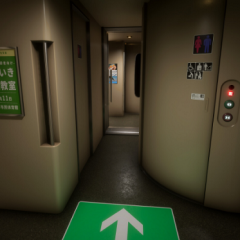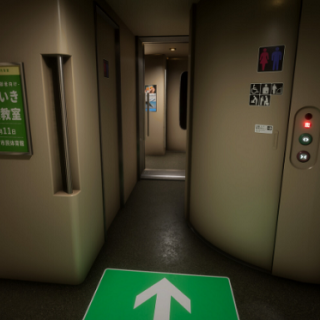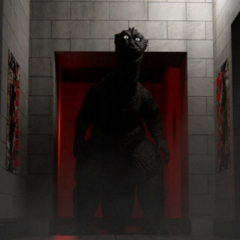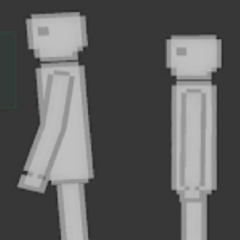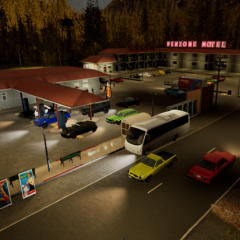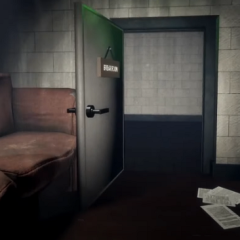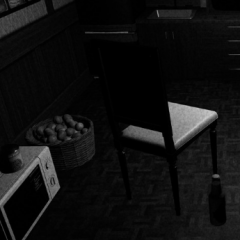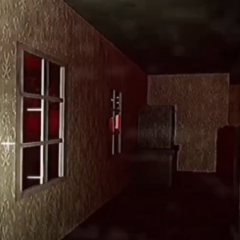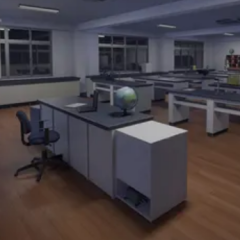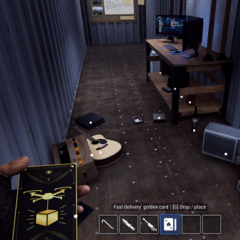Shinkansen 0 places players inside a Japanese bullet train, where the task is to observe and report anomalies before they escalate. The setting feels routine at first—standard train cars, passengers seated, quiet interiors—but the atmosphere quickly turns uneasy as small inconsistencies begin to appear. Players are expected to focus closely on the details, noticing anything from missing objects to altered faces. The challenge lies not in movement or combat, but in perception. It’s a game about paying attention and acting at the right time.
Interaction and Visual Awareness
Using simple controls—WASD to move, mouse clicks to interact and zoom—players navigate through the cars, tracking changes between rooms and remembering key layouts. Features like motion blur and headbob are turned off by default, keeping the visual focus clear and sharp. Easy mode is also available for those who want a less demanding pace, and auto-saving allows the game to track progress without interruption. The mechanics are minimal, but they serve the purpose well, keeping attention locked on the task of spotting what doesn’t belong.
A Subtle Test with Two Outcomes
The game leads toward one of two endings, shaped by how well players identify and respond to anomalies across chapters. Shinkansen 0 doesn’t rely on loud moments—it builds tension through silence, space, and uncertainty. Each run on the train feels slightly different, and the changes are never announced, requiring players to rely on their own focus and memory. It’s a quiet but unnerving experience, where success depends entirely on how much you’re willing to trust what you see—and what you think you remember.

